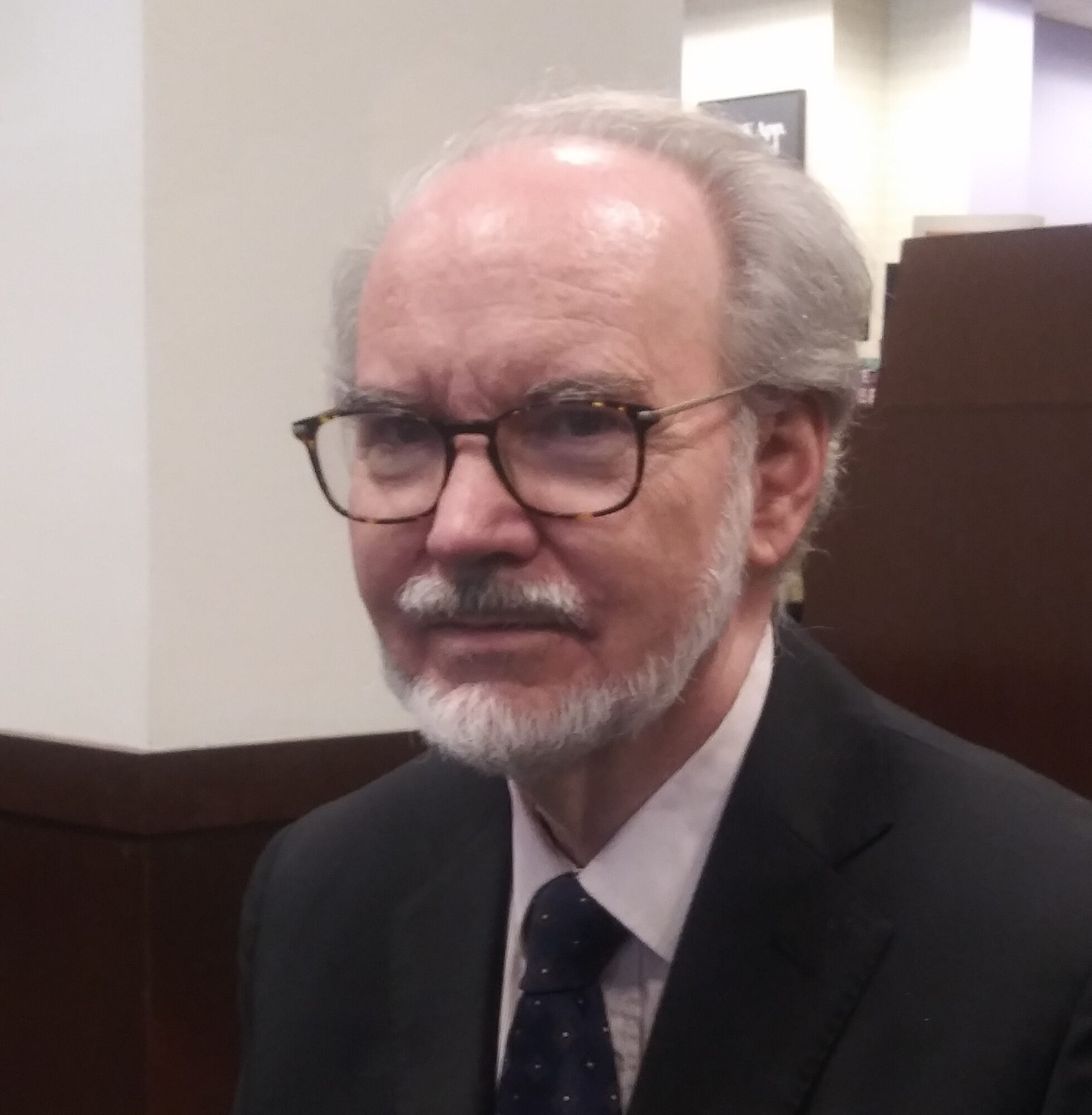
William Melaney
- Position: Professor, English and Comparative Literature
- Department: Department of English and Comparative Literature
- Email: [email protected]
William D. Melaney is a professor in the Department of English and Comparative Literature at The American University in Cairo. He holds an MA in English from the University of Chicago and a PhD in comparative literature from Stony Brook University in New York.
Melaney served as department chair from fall 2004 to spring 2006 and again in spring 2012. His current teaching fields include Romanticism, nineteenth-century European literature, the history of literary criticism, hermeneutics and recent work in criticism. During the spring term, he has offered The Origins of Drama, Foucault and Cultural History, Spectres of the Other and Poetics of Metaphor through the literature/philosophy interface. He is currently active in the department’s program for graduate studies.
Melaney has published more than 40 articles in the fields of literary criticism and modern philosophy. His work has appeared in New Literary History, Connecticut Review, Journal of the Kafka Society of America, Journal of Speculative Philosophy, Journal of the History of Philosophy, International Studies in Philosophy and The American Journal of Semiotics, among other publications.
He has published three books on modernism as a literary and philosophical concept: After Ontology: Literary Theory and Modernist Poetics (SUNY Press, 2001); Material Difference: Modernism and the Allegories of Discourse (Amsterdam and New York: Rodopi Press, 2012); and Alterity and Criticism: Tracing Time in Modern Literature (London and New York: Rowman and Littlefield International, 2017).
Melaney has also published Figural Space: Semiotics and the Aesthetic Imaginary (London and New York: Rowman and Littlefield, 2021), which explores a new approach to literature by adopting Julia Kristeva’s semiotics as the starting point for reinterpreting Freud and Hegel. A major claim of the book is that Hegel can be read hermeneutically as an aesthetic thinker whose approach to time, language and imagination needs to be revisited. The poetry of Spenser, Wordsworth and Shelley, as well as the novels of Proust, Jean Rhys and Kazuo Ishiguro, are explored using this method.
His most recent book, Poetry and the Sense of Reversal: Unsettling the Limits (Palgrave Macmillan, forthcoming 2025), argues that criticism is misguided when it fails to recognize how poets contest standard readings of literary history. This new book adopts a critical method that draws upon Kant and Hegel to show how poetry stages crucial reversals in literary history from the 17th century to the present.
Melaney has also published a short book of poems, Bildungsroman (Cairo: Safsafa Publishing House, 2017).
- Comparative literature
- Aesthetics from Kant to Rancière
- Possibilities of world literature
- New Readings of Hegel
- Poetics and literary history